A Jane Austen Christmas
Copyright 2015 Carlo DeVito
This is an officially licensed edition by Cider Mill Press Book Publishers LLC
All rights reserved under the Pan-American and International Copyright Conventions.
No part of this book may be reproduced in whole or in part, scanned, photocopied, recorded, distributed in any printed or electronic form, or reproduced in any manner whatsoever, or by any information storage and retrieval system now known or hereafter invented, without express written permission of the publisher, except in the case of brief quotations embodied in critical articles and reviews.
The scanning, uploading, and distribution of this book via the Internet or via any other means without permission of the publisher is illegal and punishable by law.
Please support authors rights, and do not participate in or encourage piracy of copyrighted materials.
13 Digit ISBN: 978-1-60433-591-0
10 Digit ISBN: 1-60433-591-2
13 Digit ISBN: 978-1-6043-3593-4 (eBook)
This book may be ordered by mail from the publisher.
Please include $4.95 for postage and handling.
Please support your local bookseller first!
Books published by Cider Mill Press Book Publishers are available at special discounts for bulk purchases in the United States by corporations, institutions, and other organizations. For more information, please contact the publisher.
Cider Mill Press Book Publishers
Where good books are ready for press
12 Spring Street | P.O. Box 454
Kennebunkport, Maine 04046
Visit us on the web! www.cidermillpress.com
Cover design by Whitney Cookman & Shelby Newsted, Interior design by Shelby Newsted
Typography: Nuptial Script, Vendome, Goudy Old Style, Copperplate Gothic
Image Credits:
Decorative headers and borders, Seamartini Graphics/Shutterstock.com; decorative frame, 100ker/Shutterstock.com; endpapers, Rodina Olena/Shutterstock.com; , Archimboldus/Shutterstock.com
 Public domain images via Wikimedia Commons:
Public domain images via Wikimedia Commons:
This book is dedicated to my sisters, Claudia Pazmany and Leigh Ann DeVito. Many Happy Christmas returns!
This little bag I hope will prove
To be not vainly made
For, if you should a needle want
It will afford you aid.
And as we are about to part
Twill serve another end,
For when you look upon the Bag
Youll recollect your friend
A note by Jane Austen, attached to a needlework bag given as a gift to a departing friend, January 1792
Contents

INTRODUCTION
W Who wouldnt want to have a Jane Austen Christmas? Austen mentions Christmas in each of her six main novels, and most have vividly described scenes set during the holiday season. Mr. Eltons tipsy Christmas Eve proposal to Emma Woodhouse; Anne Elliots holiday call on the Musgroves at Uppercross, with the brightly burning Yule log and girls cutting up silk and gold paper; the newly engaged Elizabeth Bennet inviting her aunt Gardiner to Pemberley for ChristmasJaneites recall these scenes with delight, perhaps even during their own holiday celebrations.
Many of the traditions associated with what we think of as a typical English Christmas are from the Victorian era, several decades after Jane Austens books were published. There are no Christmas trees in Austens scenes, no extravagant gift-giving, no sentimental spirit of the holiday. Jane Austens novels do not lend themselves to feel-good holiday movie adaptations. However, the Christmas-related scenes and mentions all have to do with visiting family and friends, extending hospitality, and the gathering together of loved ones. Through Jane Austens letters, we know that Austen treasured time with her family above all else; though the family had their little traditions, companionship was all that was needed to produce holiday cheer.
Austen was writing for an audience of her own contemporaries. She did not have to describe the minute details of holiday celebrations among the British gentry because those reading her books would already know them. Thus, the 21st-century Janeite who wishes to incorporate these traditions into her own winter holidays might have some difficulty pinpointing the details. How should one decorate? What should one serve at a celebratory dinner? What happens on which day? These are questions that can only be answered by digging deeper.
In this book, Carlo DeVito has done what Jane Austen didnt need to do: describe the details of a typical British Christmas in the late Georgian era in which Austens books take place. Drawing on Austen family letters and memoirs, he has described the Christmas gaieties in which Austen herself would have taken parteverything from amateur theatricals to religious observances to a delightfully messy game of bullet pudding. (Whats that? Keep reading, and youll soon find out.) There is plenty of period detail, including recipes for holiday delicacies, rules for card and other games played at Christmas parties, and explanations of the intricacies of dancing at a ball.
But this book is not just an enumeration of the dances, games, and meals of a Georgian Christmas. It is a timeline of Christmases celebrated by Jane Austen during her life, during which she experienced the joy of first love, the sorrow of loss, and the triumph of successful publication. All of these experiences colored her work and gave it depth and nuance. Austen was not a stenographer who simply transferred real-life experiences to her novels; she was an artist, who spiced her creations with the emotions we all share as human beings. Austens family experienced love and loss as wellincluding the loss of Jane herself. Like Austens works, her memory lived on for her sister Cassandra, her brothers, and her nieces and nephews, and lives today in the hearts and minds of her devoted fans, at Christmas and all year long.
So go forth, good Janeite, and learn what it takes to make a Jane Austen Christmas. Light the Yule log, dance down a long set, enjoy some mince pie and punch, and revel in the warmth and light of the season, Jane Austen-style.
Margaret C. Sullivan,
author of The Jane Austen Handbook
Portrait of Jane Austen by James Andrews, c. 1870

PART ONE: 1786
T he year was 1786, and a raucous gang of boys were running around the grounds of the roomy brick home, with its wavy-glassed windows and several shadowy gables. Playfully pushing each other around, one or two of the jubilant boys might have ripped their britches before making their way up the broad steps of the manse for the last time that year. Their bags packed, one by one, they waved goodbye to the Steventon Rectory. They loudly proclaimed the holiday and wished one another and the Austen family well.
The school at the Steventon Rectory was overseen by George Austen, Jane Austens father. Born in 1731, Georges mother died in childbirth and his father passed a year after marrying a new wife, who, newly widowed, did not want the responsibility of taking care of the young lad. George then lived with an aunt in Tonbridge and earned a Fellowship to study at St. Johns. Smart, ambitious, and self-made (with the support of his uncle Francis), he received a Bachelor of Arts, a Master of Arts, and a Bachelor of Divinity degree at Oxford. Considered good looking all his life, he was called the handsome proctor as he worked as an assistant chaplain, dean of arts, and Greek lecturer while going to school, wrote Victorian Sanborn, a lifetime member of the Jane Austen Society of North America.





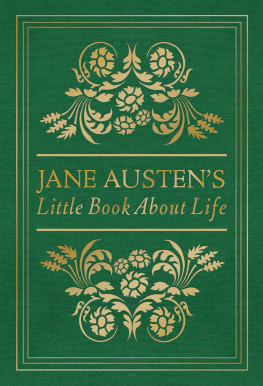
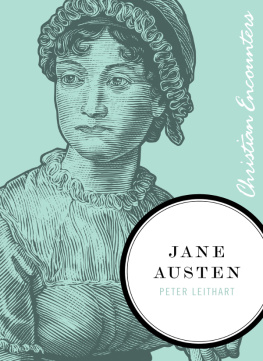
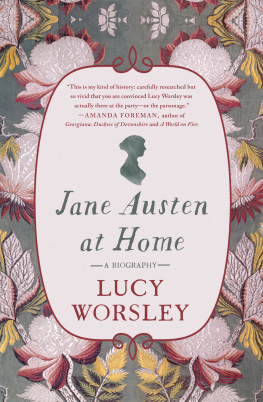
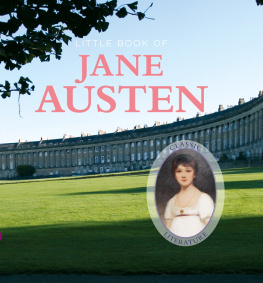
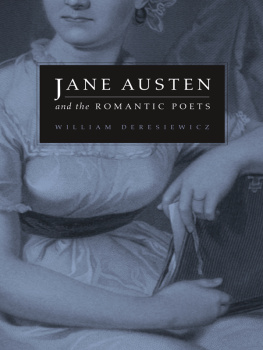
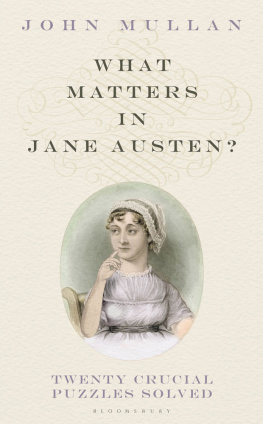
 Public domain images via Wikimedia Commons:
Public domain images via Wikimedia Commons:

